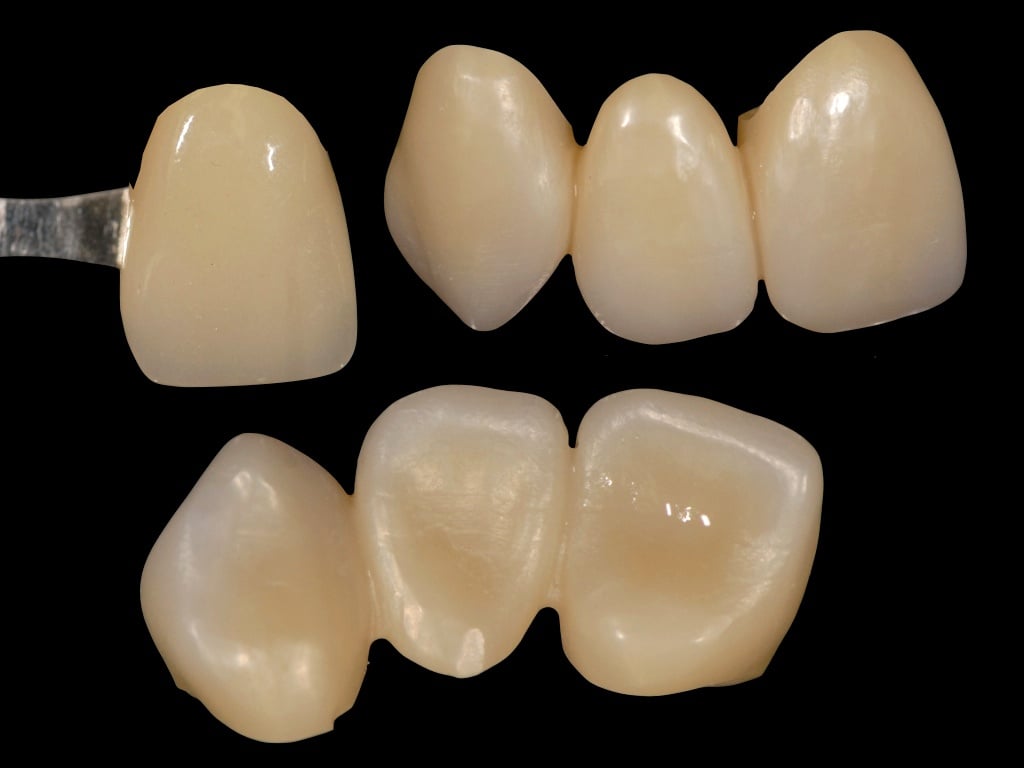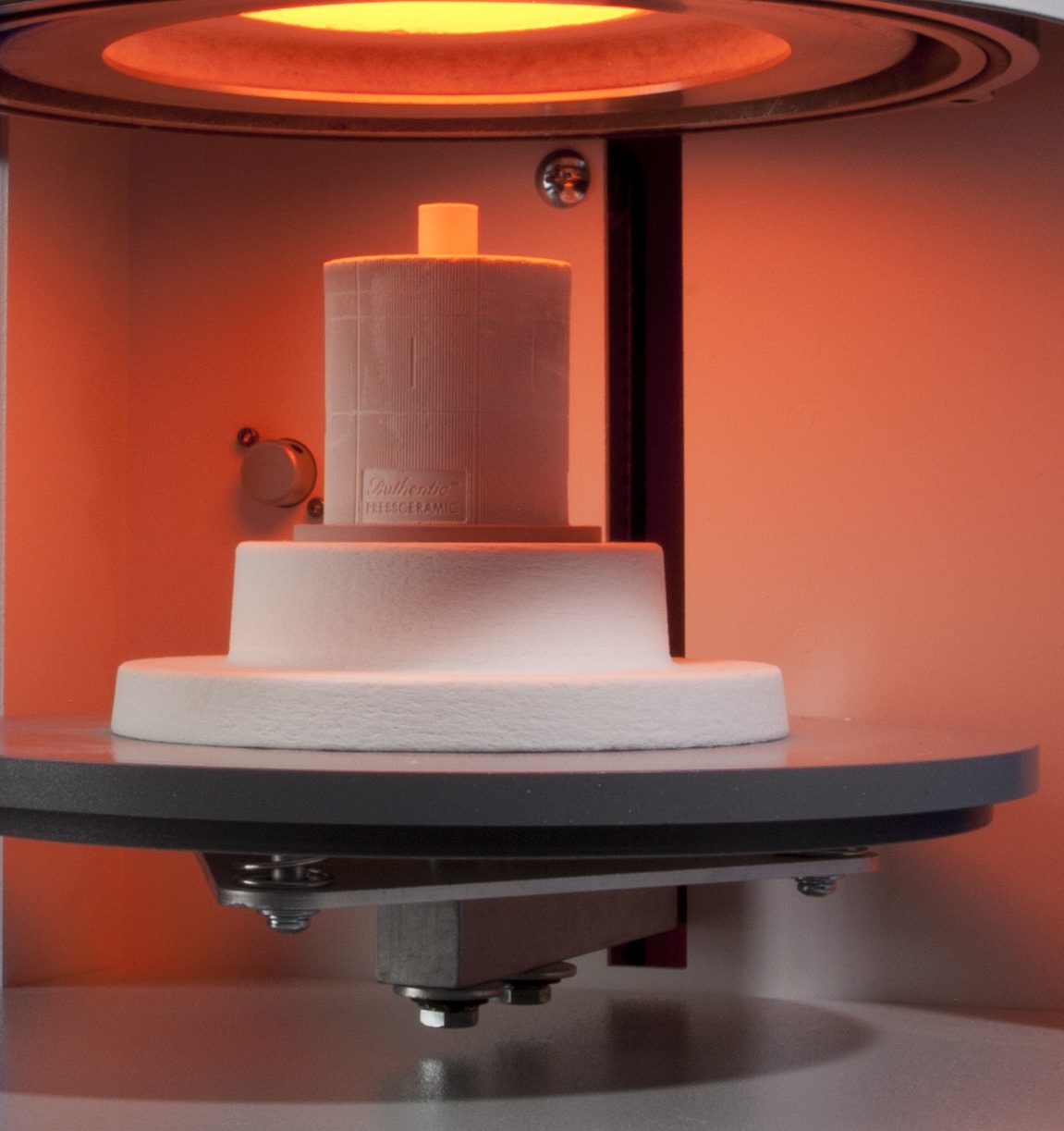Zirconia used as an indirect dental restorative material has become the defacto standard due to its unique ability to be successfully used in monolithic posterior crowns and bridges. There are some very good reasons for this which transcend its remarkable strength. It all comes down to the way they are made.
Any laboratory who has shopped around and had experience with several zirconia brands knows that not all zirconia is the same. While the discs may “look” the same, they may not perform the same. We’re not talking about differences in types of zirconia milling discs, i.e. unshaded, shaded, multi-layered, but rather the differences in milling behavior, shade matching, and translucency. The noticeable differences between the physical and mechanical properties can differ brand by brand, but why? They may all use reliable zirconia powder sources, so why should there be any difference?
The reason is simple. It can all boil down to differences in manufacturing processes. Ideal zirconia materials will be manufactured properly, without cutting corners. Those cut corners may be time and inferior equipment.
Learning what to look for in a material is easy. You’ll need to consider the manufacturer. Find out how they make the discs – and from what raw materials. Many will share that information with you. If they don’t . . . it might be a red flag.
Who’s making the discs? While the discs and their manufacturing processes may be close, they are not identical. The key to using the discs that work well in your lab is to buy from the right manufacturer.
To make that determination easier, we have created an eBook to help you. It is a comprehensive information guide to the use of zirconia, PMMA and wax milling discs. The guide will take you through the following:
√ The Science Behind Zirconia
√ Additional Considerations
√ The 3 Stages of Zirconia
√ The Positive Properties of Dental Zirconia
√ The Challenges
√ Are All zirconia Discs Made the Same Way?
√ 3 Things to Remember When Using Zirconia
√ Shading Zirconia
√ PMMA – What is it and Why Use it?
√ Millable Wax
√ Clinical Millable Materials
So, if you’re interested in learning how the right choice in materials can make all the difference in your lab's success, download our free eBook entitled Understanding Today’s Milling Materials.









.jpg)


Leave a comment